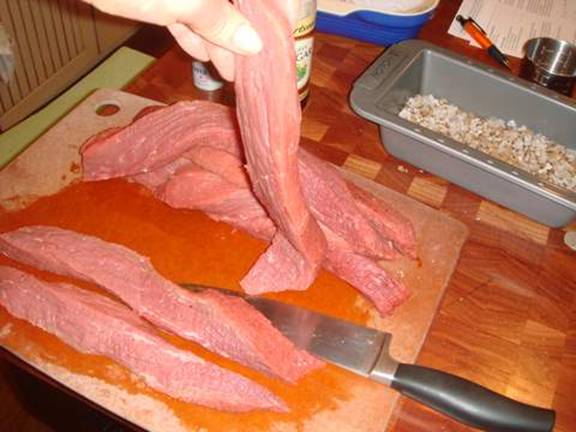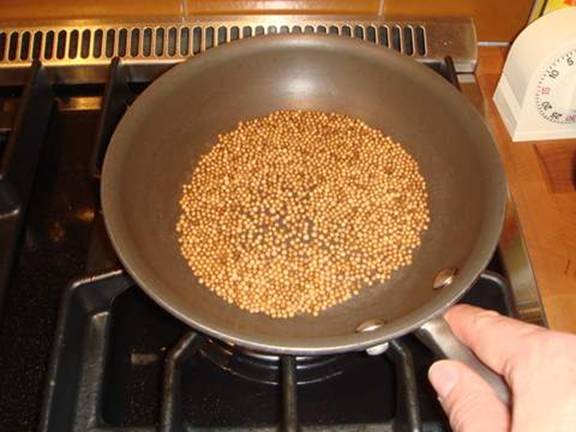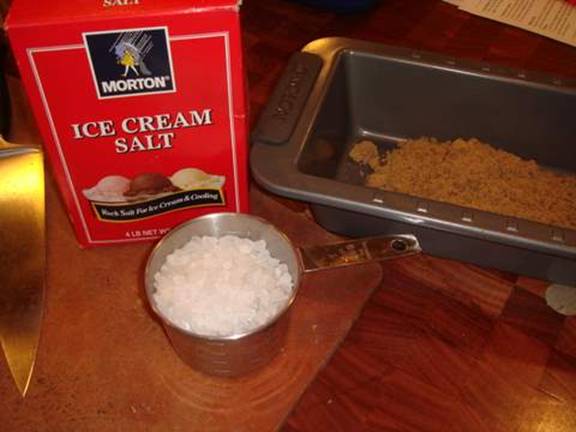
*Making Biltong *
I became interested in making my own Biltong after wondering how I would preserve the meat in my freezer should the power go out for a long long time. Because it’s air dried, you really don’t need electricity to make it.
What is Biltong you may be wondering? It’s like beef jerky, only more tender. It comes from the Dutch words for rump strip. And as one website put it, “Biltong has been a favorite with South African’s and Zimbabwean’s for close on 400 years now. This mildly spiced and salted, air dried meat, has sustained these people since the early days of the Voortrekkers”
In the past, farmers would make biltong out of the entire beef or game carcass. The best cuts are from the rump, the ones you’d use for oven roasts. i.e. London Broil, Eye of Round, Top Round and even Sirloin. This helps ensure your biltong is tender and not stringy.
I downloaded a bunch of biltong recipes from the web. A lot of them were in metric, and each seemed to mention a different little trick. Here’s the steps I followed:
Ingredients:
5lbs Eye of Round or other oven roasting cut
2 cups Apple Cider Vinegar
1 Cup of brown sugar
1 Cup of Ice Cream Salt (Rock Salt) – if using regular salt, use much less. Some recipes say ¼ cup of regular salt.
2 Teaspoons of Baking Soda
¼ cup of toasted coriander (Husks and all)
Directions:
1. Take 5 lbs of Eye of Round, and cut it along the grain in ½ to 1 inch strips. Thinner strips are better in humid climates. Remove excess fat, connective tissue, silverskin, etc.

2. Toast the coriander. Heat a pan to a medium heat and add coriander. Stir and the seeds until nicely browned and smelling good. Remove seeds from pan and crack the seeds - roll over with a rolling pin or do what I did and simply crush them with the side of a chef’s knife.

3. Stir together the dry cure mix of sugar, salt, baking soda and coriander in a dipping bowl.

4. Put 1 cup of the vinegar into another dipping bowl.
5. Douse the strips of meat in the vinegar. Then roll the strips in the dry cure mix. Get the strips well coated. Place the strips into a large bowl.
6. Put the meat in the fridge, or, if the power’s gone, in a cooler. Let it ‘cure’ or marinate for about 8-12 hours. Every once in a while, feel free to drain off all the juices that collect at the bottom, and stir up the meat strips. I didn’t, I just left it in the bowl overnight.
7. Remove from fridge and rinse off the cure mix in a 50/50 Vinegar and Hot water mix. Some recipes call for Worcester Sauce in the mix, but I didn’t add this. Pat the strips dry with some paper towels.
8. It’s time to hang the meat up to dry. Take large metal paper clips, and bend them into “S” shaped hooks. Hang the biltong in a lighted, breezy place. You want light and air to help prevent mold and mildew growth. And you want to avoid insects and critters getting at it too. If you’ve got a jerky maker, you could use that. Part of the reason I wanted to make biltong is that I don’t have a jerky maker. I used a clothes drying rack, stuck it in the shower stall, and turned a fan on. Because ants are a problem where I live, I put each leg of the rack in a cup of water.

9. Drying time is about 5 days, depending on how thick the strips were, and how moist you like the biltong. If you’re used to beef jerky, it’s hard to believe that it’s okay to eat dried meat that’s still springy and red on the inside. But that’s part of what makes biltong so good. Supposedly, the finest biltong has been compared to prosciutto, a more well known form of air dried, cured meat. While I was waiting, once it started looking all dark and shiny, I would ‘sample’ slices to see how far it had progressed.
Biltong Storage.
~1 week at room temperature.
~1 month in the fridge. I discovered I had left some biltong in my workplace fridge for 5 months. There were tiny amounts of mold growth at that point, so I didn’t bother trying it, but really, it was pretty minimal.
~1 year in a freezer.
Eating Biltong.
I like carving thin slices off with a knife. Supposedly, if your biltong gets too dry or turns out too salty, you can grate it and use it in casseroles, scrambles and soups.
frogcat
www.alpharubicon.com
All materials at this site not otherwise credited are Copyright © 1996 - 2009 Trip Williams. All rights reserved. May be reproduced for personal use only. Use of any material contained herein is subject to stated terms or written permission.